Plant Diversity Co.
Warm Season Cover
The Short Season Forage Blend
The Short Season Forage Blend
C4 plants such as Sorghum Sudan & German Millet have evolved to photosynthesize more efficiently in high temperatures to accumulate significantly more biomass than their C3 counterparts such as Oats or Barley. This makes C4 plants ideal for sowing as a short-season forage option. Expect 55-70 days to maturity from germination.
Ideal for unseeded/prevent plant acres.
To learn more about the value of C4 plant species, click here.
We recommend sowing this blend from the first week of June to July 15th, when soil temperatures are above 10 degrees Celsius and there is no chance of frost.
Seeding Rate: 60 Ibs/acre SKU: 2000 Ib Tote
Seeding Time: June 10th - July 15th
Use On The Farm: Sod Seeding, Swath Grazing, Silage/Dry Hay
Day To Maturity: 55-70 days
Seed Tag: Click here
Inoculant Required: Learn More
FCC Financing is available for 2025-2026 seed purchases.
See below for the most frequently asked questions regarding the Warm Season Cover®
If applying Nitrogen fertilizer, keep below 40 Ibs/acre actual.
If applying Phosphorus fertlizer, keep below 10 Ibs/acre actual (in seed row)
A multi-species rhizobium inoculant is required. (NDURE)
Important To Note: Excess nitrogen fertilizer will inhibit legumes from establishing a relationship with rhizobium bacteria. This relationship needs to be established for later season vegetation and growth.
To maximize plant diversity, delay seeding until soil temperature is greater than 10 degrees C. This is due to warm season plants having very little frost tolerance.
Seed the Warm Season Cover at a seeding depth of 3/4 inch - 1 inch
If weed pressure is an issue or you have a history of problem weeds on the field you selected, we recommend a pre-burn herbicide application. Do not plant on fields with kochia problems. For best weed control, spray crop with glyphosate 2-3 days after seeding. (pre-emergence)
The herbicides AIM (Group 14) or Conquer (Group 14 & 6) from FMC are a recommended glyphosate tank mix partner for better control of broadleaf weeds.
Sow this blend after a winter triticale or cereal rye harvest. This is commonly referred to as Double Cropping. Or consider these other options:
Sow after the termination of a perennial hay stand.
Sow after a hail storm or prevent plant situation.
Sowing into sod. (We recommend an application of 40 Ibs/acre of actual Nitrogen)
Sow after Winter Triticale or Cereal Rye greenfeed or silage crop
Harvest Options: Silage, Dry Hay, Grazing, Swath Grazing.
The Warm Season Cover will reach full biomass potential about 55-70 days after germination.
Cut Early: Less biomass, more regrowth, higher protein.
Cut Later: More biomass, less regrowth, lower protein.
Yes, this blend is ideal for Swath Grazing.
Waxy leaf surfaces (an evolutionary trait) of warm season plants have changed the swath grazing landscape. A blend including C4 plants such as Sorghum Sudan & German Millet allows the swath to shed moisture (rainfall) and hold palatability longer.
Yes. Decaying high-diversity root biomass will improve soil function greatly. (Increased water infiltration, soil aggregation & biological activity)
Remember to benchmark this by following our Water Infiltration Protocol.
Depending on soil temperature, soil chemistry, and environmental conditions present, a different spectrum of plant species in the canopy is always expressed.
This is why plant diversity is an insurance policy with Mother Nature.
Notice Sorghum Sudan, a warm season C4 grass capturing sunlight above the canopy in 30+ degree conditions. And although, unseen in these pictures, a cool season C3 grass such as Italian Rye Grass capturing sunlight lower in the canopy. This diversity allows you to capture 100% of available sunlight throughout the growing season.
View a Compilation Of Pictures from farmers across Western Canada.
The Warm Season Cover® is composed of primarily warm season (C4) plant species. This allows you to put the right plant species in the right context (warm season plants = summer months).
Warm Season Plants (C4) have evolved in hot/dry environments.
Cool Season Plants (C3) have evolved in cool/wet environments.

STEP 1: If weed pressure is an issue or you have a history of problem weeds on the field you selected, we recommend a pre-burn herbicide application. Do not plant in fields with kochia problems.
STEP 2: If applying Nitrogen, keep below 40 Ibs/actual. A multi-species rhizobium inoculant is required. Excess nitrogen fertilizer will inhibit legumes in establishing a relationship with rhizobium bacteria. ‘
STEP 3: Do not broadcast. Target 3 ⁄4 of an inch or up to 1 inch if moisture is available. The larger seeds will “give way” to the smaller seeds in the blend. Do not bury the blend 2-3 inches into the ground.
STEP 4: Waiting for ideal soil temperatures (10 degrees C) allows the warm season species to establish & avoid frost risk - increasing the potential for yield, feed quality & drought resilience.
Use within your own context and farm goals:
Sowing into Sod
Unseeded Acres
Sow after Winter Triticale or Cereal Rye harvest
Sow after the termination of a perennial hay stand
Sow after a hail storm or prevent plant situation
We encourage you to benchmark the transformation plant diversity can have on your soil by following the water infiltration protocol.
Use within your own context and farm goals:
Dry Hay
Silage
Grazing
Green Manure
Swath Grazing
Expect Italian Rye Grass to compose the majority of the regrowth from the Warm Season Cover.
Important To Note: Grazing or cutting for winter forage should take place before a killing frost due to prussic acid concerns.
Expect the feed test to be higher energy due to the C4 grasses in the blend. (Sorghum Sudan, German Millet)
Expect good to moderate protein > corn silage. (due to vegetative legumes)
TDN: 70 (average based on a compilation of feed tests)
Protein: 9.5 (average based on a compilation of feed tests)
“Warm-season plants grow relatively slowly during the first four to five weeks after seeding due to the biological taxing process of cell division. Once the cell divisions are complete, C4 plants can grow quite rapidly. The optimum daytime temperature for growth is 30+ C. C4 plants are more water-efficient and drought-tolerant than C3 plants. C4s have a waxy leaf surface that reduces water evaporation from the leaf surface.”
Government of Saskatchewan
All cool-season cereals in this blend are sourced to guarantee CERTIFIED NO. 1 quality control & standards
All other seeds sourced and cleaned in the Warm Season Cover® meet the minimum standard of COMMON NO. 1
Weed Seed %: Cleaned to Canada Certified No. 1 standard
Germination % Minimum: Canada Certified No. 1 standard
Plant Type: Warm Season Grass
Seed Quality: Common #1. Standard
Why In The Blend: The most valuable plant species in the blend. Sorghum Sudan is C4 grass, which allows for rapid biomass production in hot summer conditions. Sorghum Sudan has the ability to capture sunlight atop the canopy. Reduced lignin content and higher forage digestibility than corn makes it ideal for winter feed.
Plant Type: Warm Season Grass
Seed Quality: Common #1. Standard
Why In The Blend: Longer growing season than most millets. Extremely vegetative. Waxy leaf surface is ideal for winter forage. C4 grass accumulates biomass throughout the summer.
Plant Type: Warm Season Broadleaf
Seed Quality: Common No. 1 Standard
Why In The Blend: Due to its non-mycorrhizal association, root exudates are very good at solubilizing phosphorus. Beneficial to pollinators. Rapid establishment.
Plant Type: Warm Season Broadleaf
Seed Quality: Common #1. Standard
Why In The Blend: Flowers attract a large array of beneficial insects. Beneficial at solubilizing minerals in soil profile. (zinc)
Plant Type: Cool Season Grass
Seed Quality: Certified No. 1 Standard
Variety: S-01 Super Oats
Why In The Blend: A low-lignin oat developed for cattle feed in 2006 by the Crop Development Center at the University of Saskatchewan and released to Super Oats Canada Ltd. These oats features a high-oil, more digestible groat that provides greater energy density for livestock compared to other oat varieties.
Plant Type: Cool Season Grass
Seed Quality: Certified No. 1 Standard
Variety: Haymaker
Why In The Blend: Great nutrient scavenger due to dense fibrous root system. One of the most mycorrhizal-dependent cereals.
Plant Type: Cool Season Broadleaf (Linum)
Seed Quality: Common No. 1 Standard
Why In The Blend: Highest mycorrhizal fungi-dependent plant. Having a small percentage in the blend helps promote the Arbuscular Mycorrhizal Fungi network.
Plant Type: Cool Season Legume
Seed Quality: Common No. 1 Standard
Variety: 40-10
Why In The Blend: Forage pea varieties focus on smaller seed size & increased biomass - rather than on grain yield. Rapid growth & establishment.
Plant Type: Cool Season Broadleaf (Brassica)
Seed Quality: Common No. 1 Standard
Why In The Blend: Highly nutritious brassica (digestibility & protein). Tuber scavenges nitrogen and other nutrients for slow release decomposition the following year.
Plant Type: Warm Season Legume
Seed Quality: Common No. 1 Standard
Why In The Blend: Fenugreek is a fast-establishing annual warm-season legume that provides nitrogen fixation to the system when conditions are hot and dry.
Plant Type: Cool Season Grass
Seed Quality: Certified No. 1 Standard
Variety: Sadash
Why In The Blend: This is a popular soft white spring wheat variety in Canada known for its high yields and quality. It has short, strong straw and excellent standability.
Plant Type: Cool Season Grass
Seed Quality: Common No. 1 Standard
Why In The Blend: We introduced a longer season IRG for 2025. Highly digestible with vigorous regrowth. Less chance of over-winter, unlike annual ryegrass. A fibrous root system is excellent for compaction.
Plant Type: Cool Season Legume
Seed Quality: Common No. 1 Standard
Why In The Blend: Hairy Vetch holds the highest nitrogen fixation capabilities of any legume species we grow in Western Canada. Sunlight opportunist due to its creeping growth characteristics. High protein feed source. Regrowth.
Plant Type: Cool Season Grass
Seed Quality: Certified #1 Standard
Variety: Conlon
Why In The Blend: Forage Barley adds a cool-season cereal for increased diversity above and below the canopy.
To find testimonials from farmers across Western Canada who have implemented the Warm Season Cover into their operations, click here.
You can find further farmer testimonials on social media via Facebook, Twitter & Instagram.
If you’re looking for further education on the concept of multi-species cover crops for winter forage & grazing - consider attending one of our upcoming meetings.
A great opportunity to network with like-minded farmers from your area.
Remember to apply for the OFCAF funding, where you may be eligible to recieve $50.00/acre (max. $75,000) for adopting multispecies cover crops on your operation. Click here for help getting the process/application started.
Funding will differ across Manitoba, Saskatchewan, & Alberta.
Feel free to contact your Provincial Territory Manager if you have any further questions regarding the Warm Season Cover®
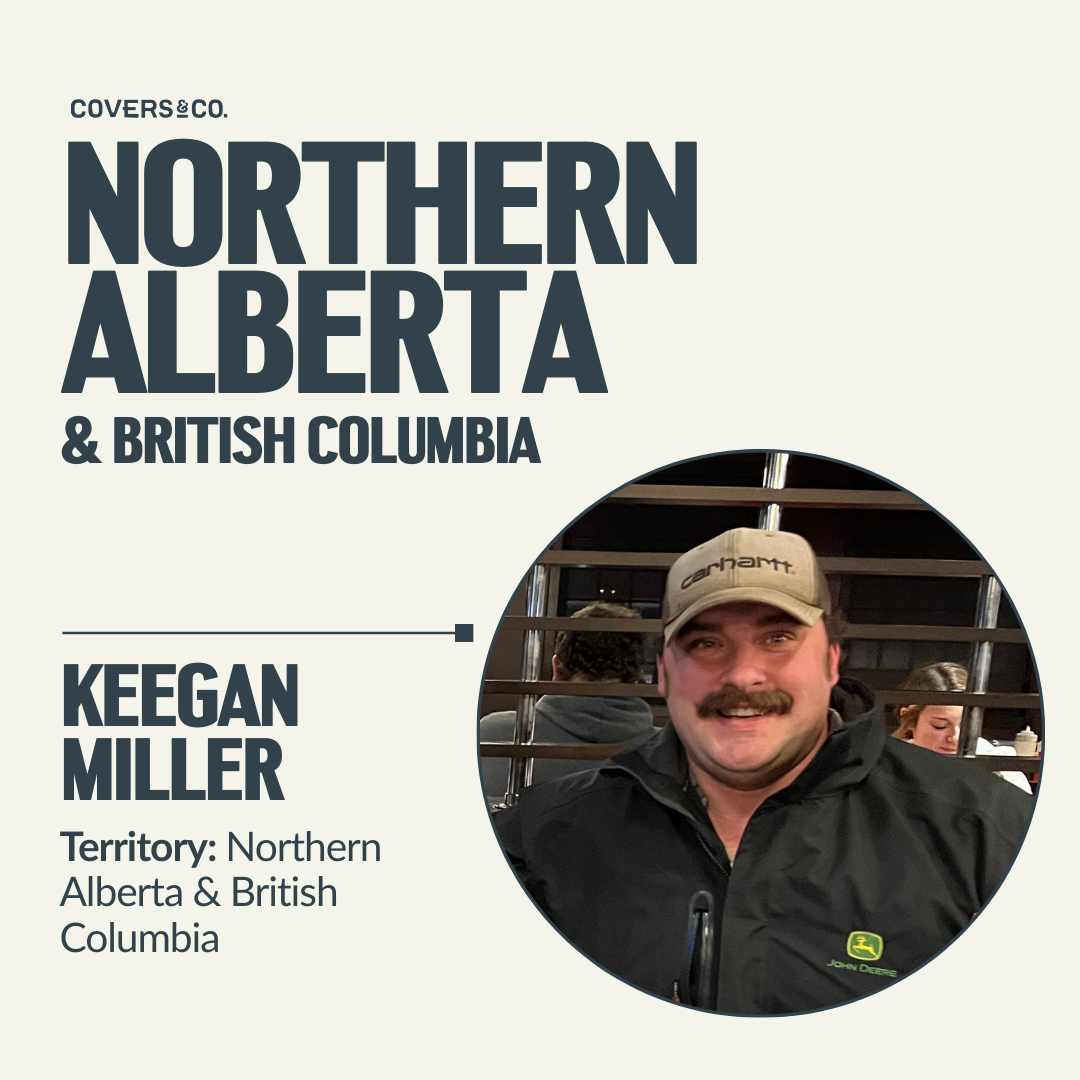
Name: Keegan Miller
Home Farm Location: La Corey, Alberta
Territory: Northern Alberta & British Columbia
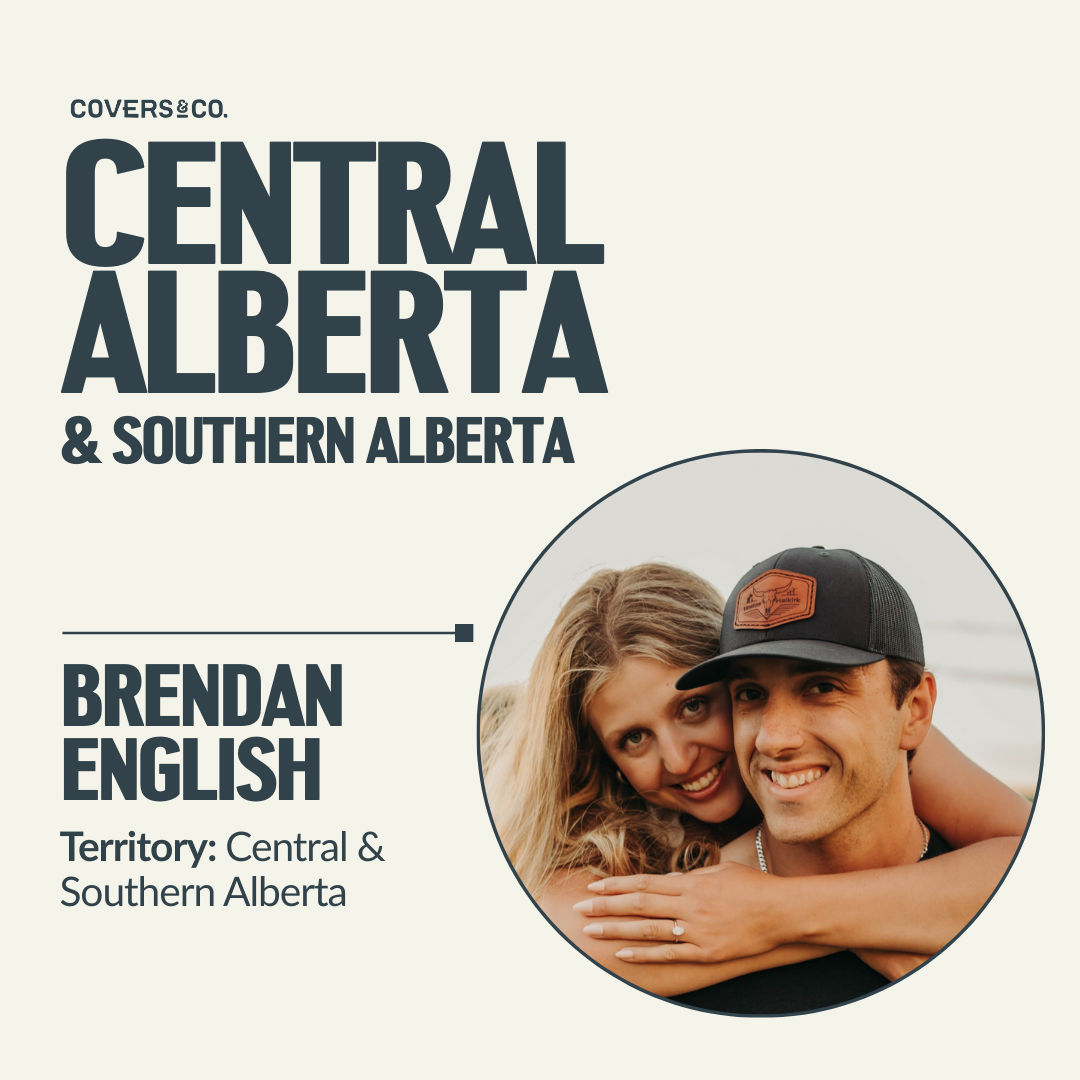
Name: Brendan English
Home Farm: Castor, Alberta
Territory: Central & Southern Alberta

Name: Tanner Hale
Home Farm Location: Hines Creek, Alberta
Territory: Peace River Country, Alberta
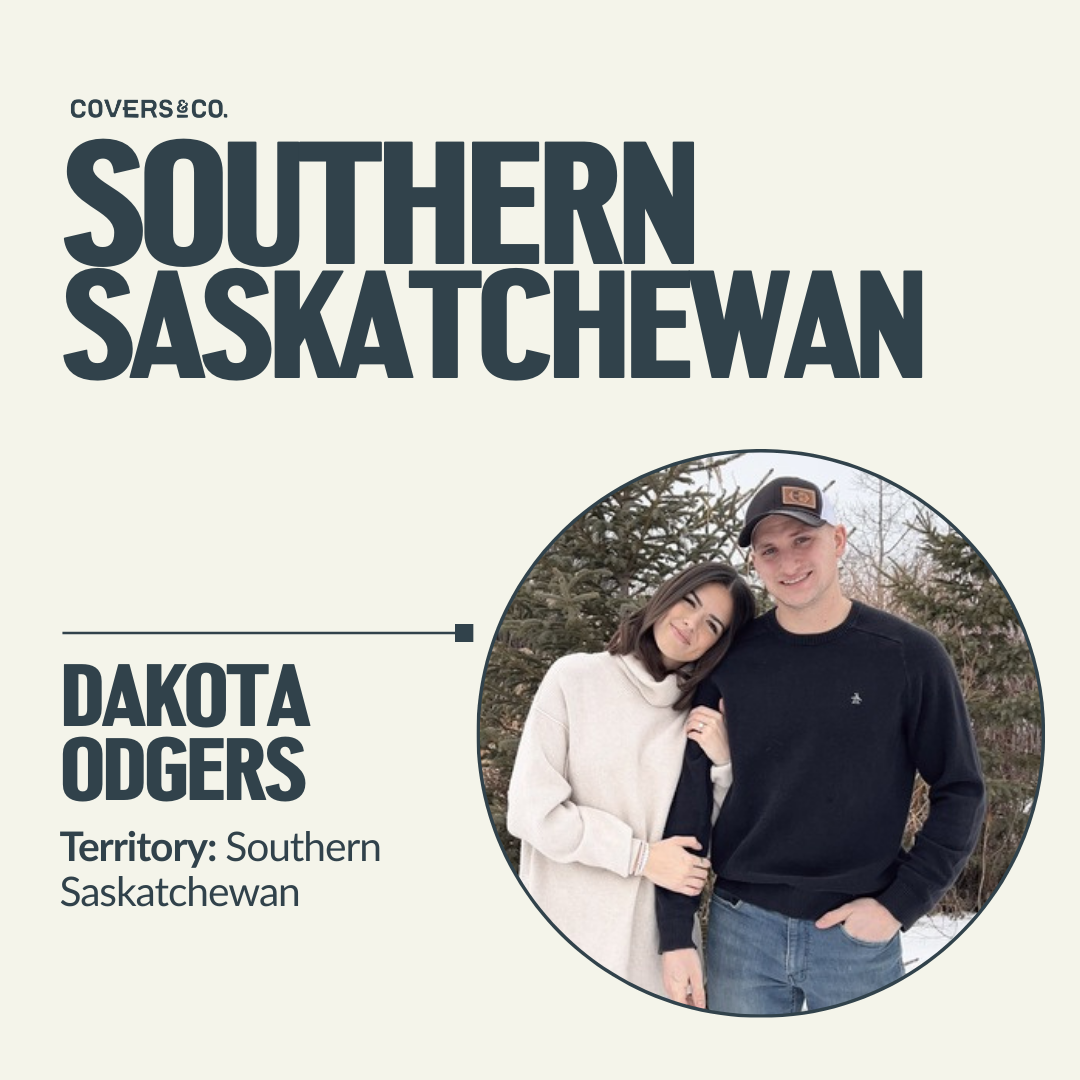
Name: Dakota Odgers
Home Farm Location: Spy Hill, Saskatchewan
Territory: Southern Saskatchewan
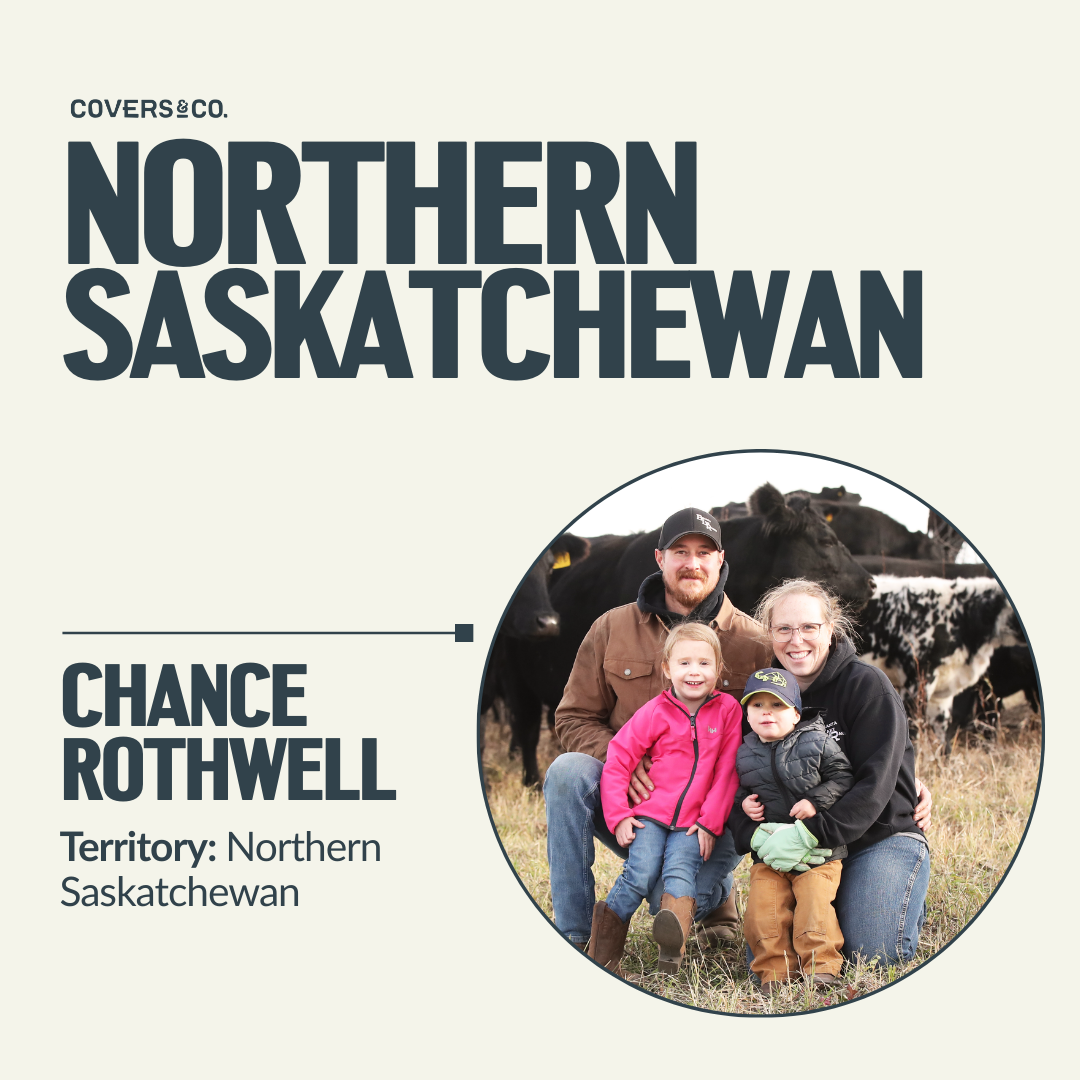
Name: Chance Rothwell
Home Farm Location: Shellbrook, Saskatchewan
Territory: Northern Saskatchewan
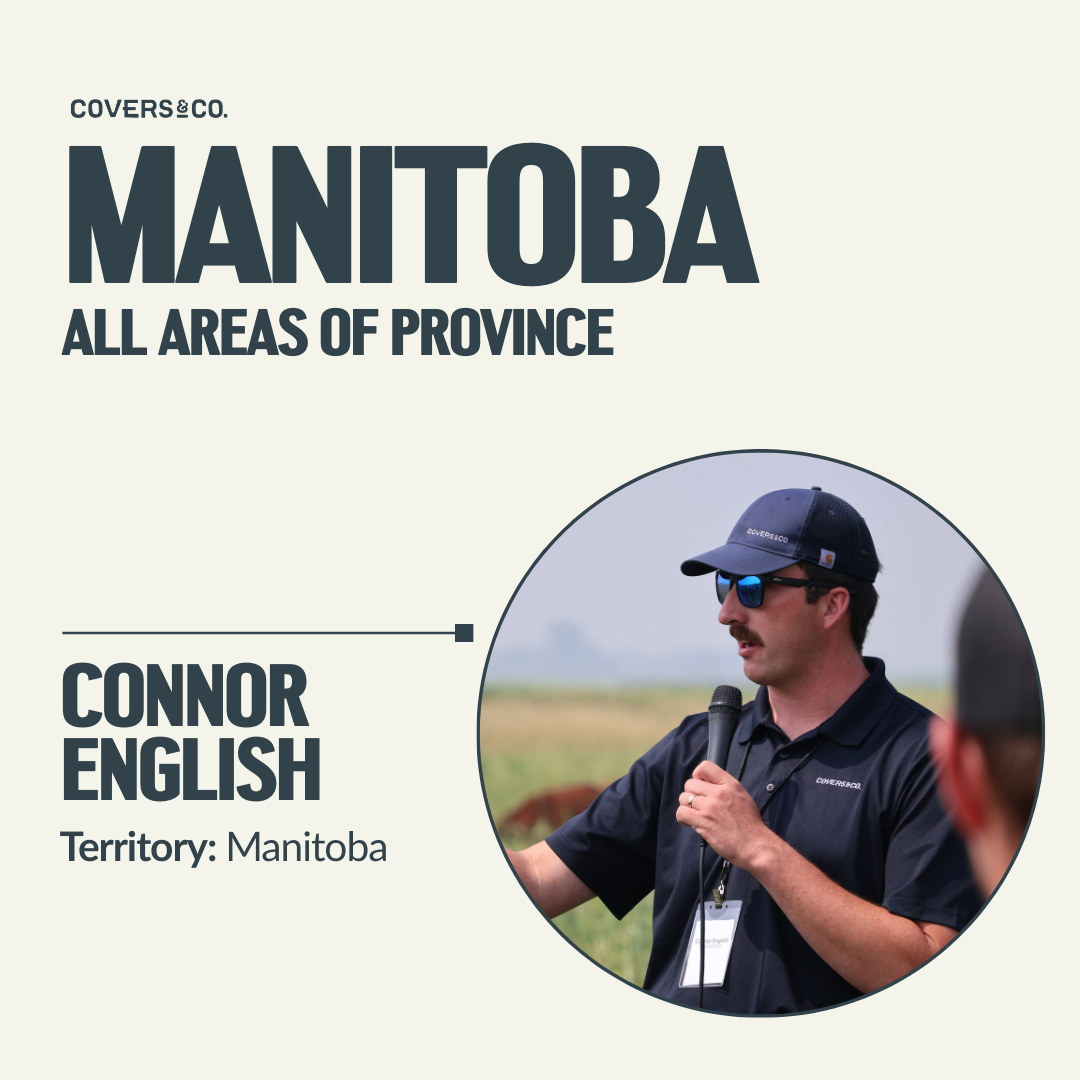
Name: Connor English
Home Farm Location: Bradwardine, Manitoba
Territory: Manitoba (all areas)